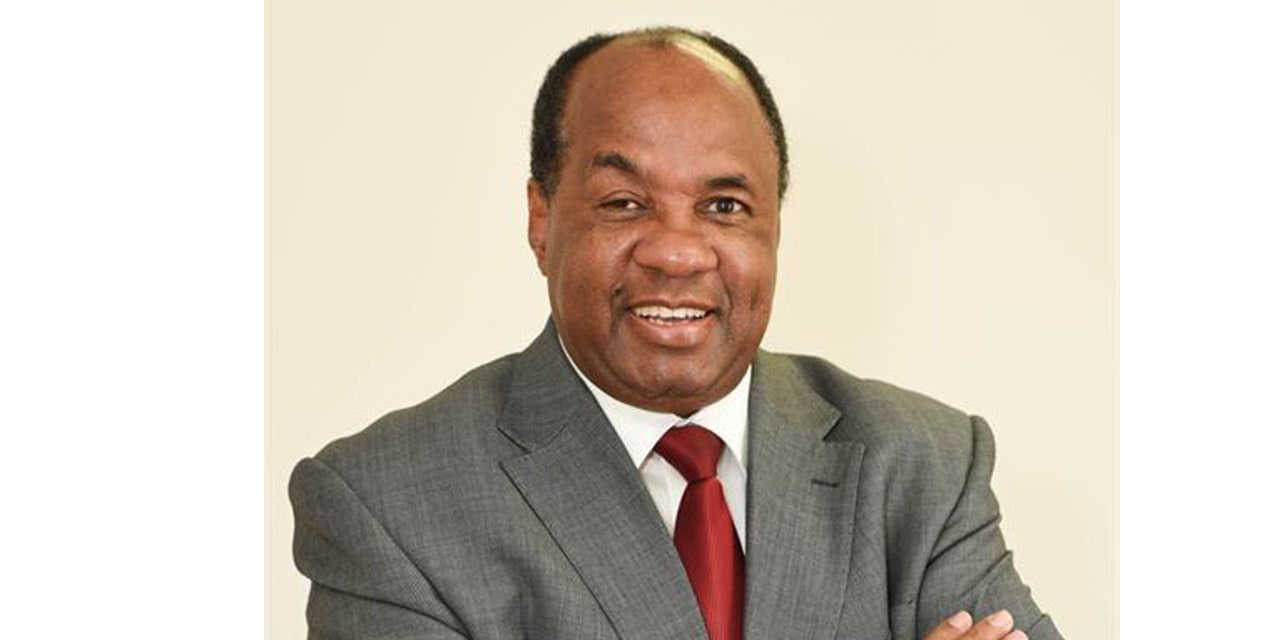Tujoromajo Kasuto
The Governor of the Bank of Namibia (BoN), Johannes !Gawaxab, has announced that the Monetary Policy Committee (MPC) has decided to raise the repo rate by 25 basis points to 4.25 percent following its bi-monthly meeting on April 11th and 12th.
He notes that this will have an impact on all people who have home, car, and overdraft loans with banks.
The monthly payment on all these items will go up by 0.25 percent. This is the second hike in the repo rate in succession.
He further warned that because other lending and interest rates are linked to the repo rate, the cost of basic consumer goods will rise in the country.
A change in the repo rate can has a significant impact on inflation and consumer purchasing power. A decrease in the repo rate allows commercial banks to borrow more money from the BoN at a lower cost, resulting in lower lending rates for consumers, or vice versa.
This decision to hike the repo rate was made after a review of global, regional, and domestic economic and financial developments, keeping in mind the need to combat the build-up of inflationary pressures in the economy, !Gawaxab said.
Risks to the domestic economic outlook in the medium term continues to be dominated by geopolitical tension between Russia and Ukraine, climatic swings, global supply chain disruptions, higher oil and food prices, and the possible emergence of new COVID-19 variants, coupled with vaccine hesitancy, especially domestically.
Domestic inflationary pressures are building up. Inflation averaged 4.5 percent during the first two months of 2022, compared to 2.7 percent in the corresponding period of 2021.
The rise in inflation was mainly driven by an increase in transport inflation, on account of a rise in international oil prices.
On a monthly basis, however, overall inflation declined marginally to 4.5 percent in February 2022 from 4.6 percent in January 2022.
The monthly decline was attributed to lower inflation for transport and food, while housing inflation remained unchanged.
From 3.6 percent registered in 2021, Namibias overall inflation is now projected to average around six percent for 2022, from the 4.4 percent projected at the last MPC meeting.
Although overall inflation remains within a reasonable range, !Gawaxab said that food and transport components are expected to remain elevated and continue to have a disproportionate effect on the low-income segment of the society, and therefore requires close monitoring.
Although still subdued, he notes that growth in Private Sector Credit Extension increased slightly to 2.8 percent during the first two months of 2022, higher than the two percent registered during the same period in 2021.
‘’Since the last MPC meeting, year-on-year growth in PSCE increased to 2.8 percent in February 2022 from 1.2 percent recorded in December 2021, mainly supported by increased demand by businesses, especially corporates in the fishing and financial services sectors, the governor said.
The future course of the pandemic, the emergence of new COVID-19 variants and the COVID- 19 vaccine hesitancy continue to contribute to uncertainty and pose risks to the global economic recovery.
The inflation pressures resulting from increasing energy and food prices may result in the tightening of financial conditions, and consequently lead to capital outflows from emerging economies, he says may further cause exchange rate depreciations and resultant bouts of inflation in these countries.




